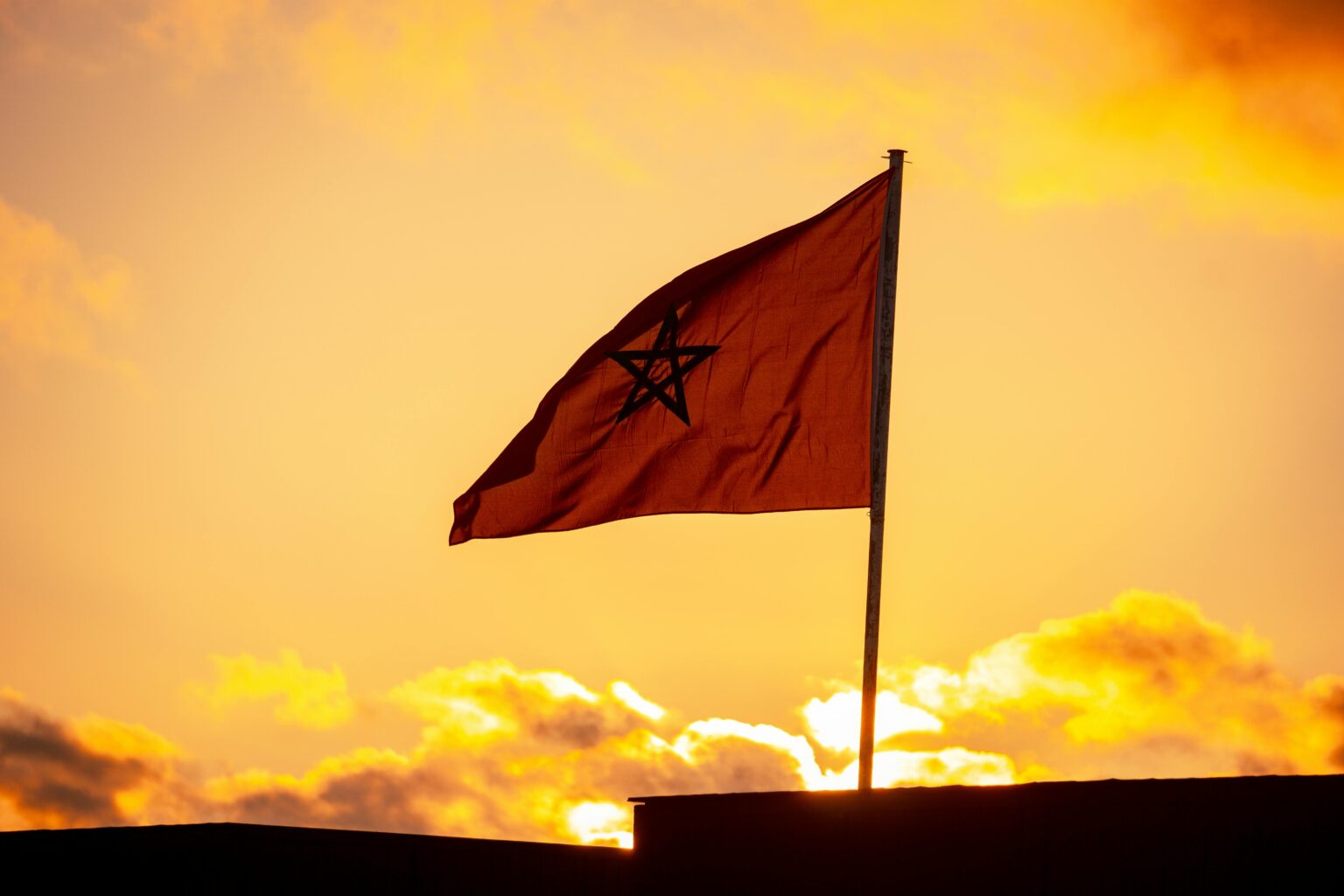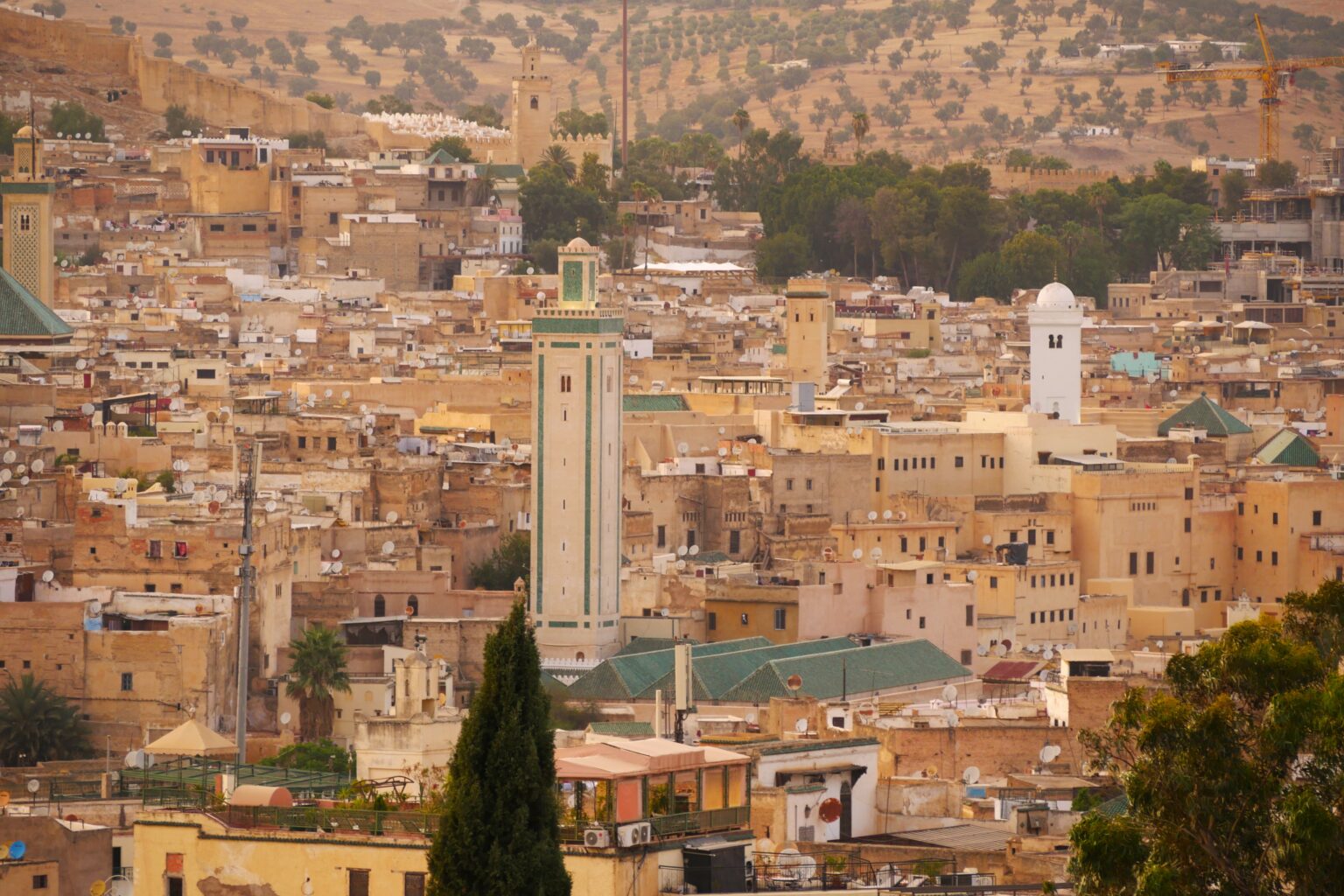Tourism and Travel Here is the comprehensive global report
What is tourism?
Tourism is the movement or movement of a person from one location to another to achieve one or more goals, to relax and calm the soul, or to achieve a specific purpose about taking a moment of happiness, https://www.gomarrakechdeserttrips.com/private-trips-excursions/ relaxation, pleasure, or treatment. Tourism lasts for a particular period, not less than a day and not more than a year.
The word tourism in Arabic can be defined as a purpose of travel whereby individuals must move temporarily to areas outside their permanent residence to meet their specific desires and needs, whether for entertainment and enjoyment, treatment and recovery, or recreation.
Tourism includes all human activities related to this transition mainly under the general concept of tourism.
A tourist is a person who moves from one place to another for tourism, at a distance of at least 80 km from his place of residence. This is according to the definition of the World Tourism Organization (affiliated with the United Nations).
What is travel?
Travel is the movement of a person from one place to another or one city to another for any of the following purposes:
-
- Tourism and entertainment
- the job
- treatment
- education
- Exploration
- specific purpose
These were the purposes of human travel in general.
What is the relationship between tourism and travel?
Travel is the first step to tourism. Travel is the means that leads you to tourist stability or a good psychological state during tourism. and sometimes
What are the reasons for the existence of tourism and travel?
Motives
Tourism activity is attributed to several humanitarian motives, and some of these motives are highlighted as follows
-
- Leisure motives: These are the most widespread, as travel is to satisfy a person’s need for fun and entertainment, and to achieve a sufficient amount of happiness in specific places, or for example, by staying in a specific hotel, enjoying stunning natural scenery, shopping, etc.
- Religious motives: Tourists want to visit some countries because they have important religious monuments and sites in their religion. Muslims go to Mecca to perform Hajj, and Christians come to Jerusalem and the Vatican. In addition to the country of the Two Holy Mosques, Muslims in all parts of the world, constitute a large and integral part of the global religious tourism movement.
- Rest: Many people escape from the city square and its noise to quiet areas where they find peace and comfort, and sea beaches and river banks may be their best destinations to achieve this goal.
- Historical and cultural motives: Some tourists go to some countries to understand the cultural and social lifestyle of the population, and to see historical and archaeological monuments. They go to countries that take us back to the past, such as Egypt, where you can see its pyramids, or France, where you can enjoy watching the Eiffel Tower.
- Health motives: The reason for traveling may be to improve physical or psychological health. Some people move to other countries to receive treatment or to escape harsh climate conditions and move to new destinations where the weather is suitable.
What is the importance of tourism?
Tourism is of great importance to the individual, society, state, and economy, and we have summarized it in the following points:
-
- The most beautiful thing about it is removing depression from oneself through entertainment, pleasure, and recreational happiness.
- To work, create new job opportunities, and innovate projects in other countries, such as investment.
- For education and learning: There are many missions for both tourism and learning. As is the case in our Arab countries, for example, the people of the Gulf come to Egyptian universities to learn in Egyptian universities or, of course, for scholarships to America to obtain a diploma or master’s degree, etc.
- Satisfying the soul’s needs for entertainment, pleasure, exploration, and restoration of vitality.
- It works to spread the values of tolerance and understanding among different peoples and to strengthen friendly relations and understanding between diverse nations and races.
- It contributes to creating a more stable political tourism atmosphere by resolving outstanding problems between countries.
What are the components of tourism?
Tourism has components and auxiliary elements on which the types of tourism are based. Among the most important things that helped establish tourism in its current concept are the following:
-
- The development of communications, social media, and globalization in general.
- The development of means of transportation, such as aviation, and the organization of border crossings between countries.
- Facilitating travel procedures for young people, whether for education, tourism, etc.
- An increase in the standard of living in some countries led to a boom in tourism in them and their neighboring countries.
- The emergence of international tourism organizations such as the International Tourism Organization, which is concerned with tourism in general.
It is known that our Arab countries are filled with all the natural and human resources necessary for tourism and the entertainment process in general.
What are the types of tourism?
Tourism is considered an important activity in human life, as individuals travel and visit new places for recreational, cultural, or natural purposes. There are many types of tourism that people can choose according to their interests and needs. Here is an overview of some common types of tourism:
Types of tourism vary depending on the sources traveled and the activities associated with them. Interest in types of tourism is a window to discover new cultures and expand horizons of knowledge and personal experiences.
Leisure tourism:
Leisure tourism is one of the types of tourism that aims to provide entertainment and recreation for travelers. Traveling for leisure, pleasure and relaxation is an important part of many people’s lives.
Leisure tourism aims to experience fun and refreshing leisure activities, such as visiting amusement and theme parks, participating in water games and adventure sports, enjoying beaches and swimming pools, and attending concerts and entertainment shows.
Leisure tourism represents an opportunity to escape from the pressures of daily life and regain energy and vitality. It allows individuals to enjoy their time and experience a new and exciting atmosphere.
Leisure tourism is not only limited to individuals, but it can also be a type of family tourism where families can spend quality time together and make unforgettable memories.
In the end, leisure tourism is a great opportunity to unwind, enjoy leisure time, relax, inspire creativity, and get away from everyday stresses.
Medical Tourism:
Medical tourism is a type of tourism that combines travel and treatment, where people go to tourist destinations to enjoy the therapeutic experiences available there. Tourists use this type of tourism to improve their general health and treat their diseases.
Medical tourism is an innovative form of travel, where individuals can benefit from a relaxing natural environment and peaceful activities to rehabilitate and relax. These trips may include visits to health resorts, spas, and therapeutic clinics that provide spiritual, physical, and psychological healing services.
In addition, travel gives people the opportunity to recover in a new environment that is different from their daily routine, which enhances their feelings of happiness and psychological comfort. In addition to the health benefits, medical tourism can contribute to enhancing mental and physical capabilities, and stimulating personal growth.
In short, medical tourism provides an opportunity for rejuvenation and relaxation, and enhances overall health and happiness. If you are looking for a way to balance travel and treatment, medical tourism may be the ideal option for you.
Religious tourism:
Religious tourism refers to travel and visits to holy places, monasteries or places of religious importance. These places are considered sacred destinations for believers and belong to their temples and important religious monuments. Religious tourists aim to strengthen their faith and encounter places and people of religious significance.
Religious tourism is known as a spiritual journey full of reassurance and closeness to God. Among the popular destinations for religious tourism include visits to mosques, churches, temples and monasteries that belong to religious celebrities or contain their tombs. Religious tourists can also participate in religious events, celebrations and festivals held in these holy places.
Religious tourism also contributes to culture and religious understanding between different peoples, where knowledge and religious experiences are exchanged and cultures coexist. Ultimately, religious tourism provides an opportunity for individuals to increase their spiritual awareness and religious affiliation.
Exploratory and educational tourism:
Exploratory and educational tourism is a type of tourism that aims to explore new attractions, gain knowledge and learn through trips and visits. This tourism is an opportunity to tour historical, cultural and natural sites and discover wonders and knowledge of the history of amazing places.
The goal of exploratory and educational tourism is to expand knowledge and learning through direct interaction with the local environment and culture. Tourists can experience activities such as hiking, camping, roaming the prairies and forests, visiting museums and cultural places, learning local arts and crafts, and interacting with local people.
Exploratory and educational tourism is an opportunity to connect with the world in a unique way. Through these trips, tourists learn the ability to adapt to new situations, acquire new social skills, and learn about different cultures.
Through exploratory and educational tourism, individuals can step out of their comfort zones and learn about new aspects of the world. They return with new skills and knowledge, and will enjoy interacting with new people and places and building unforgettable memories.
What is the history of tourism?
Tourism began in ancient times, since the earliest ages of humanity, especially since the ancient Egyptians, who lived an organized life in the meaning of the word. Where they had tourism in all its currently known types. This is proven on papers found in museums and recorded on archaeological walls in Egypt and some countries.
Tourism in the world:
We will talk in detail about each continent of the world in terms of tourism, in the upcoming articles, the links of which we will constantly update here.
The tourism in Asia:
Asia occupies a large part of the global tourism sector due to the number of tourist places in it, and we will detail this in detail in the upcoming articles, about tourism in Asia.
Tourism in Europe:
Europe is the most populous continent in recent times, and we will also talk about it in our upcoming articles, and about each country separately.
the tourism in Africa:
Africa occupies a large part of the global tourism sector due to the number of tourist places, especially in the Arab world, and we will detail this in detail in the upcoming articles.
the tourism in Australia:
Articles will be devoted to each tourist attraction separately.
the tourism in North America:
We will devote the next articles to it, God willing, with links to the articles
the tourism in South America:
We will devote the next articles to it, God willing, with links to the articles
Tourism in Antarctica:
The tourism in Antarctica is still not clearly defined, but there are tourist trips there, but there are some places to which travel is prohibited on this continent.
Antarctica is characterized by its picturesque icy scenery, but one of its drawbacks is the endless cold weather, as it is difficult to suffice with ordinary clothes because the sun reaches such areas with great difficulty.
In conclusion, we hope that we provided you with a stream of wonderful information about tourism and travel, its components, importance, and types. And wait for us in the new, God willing.







